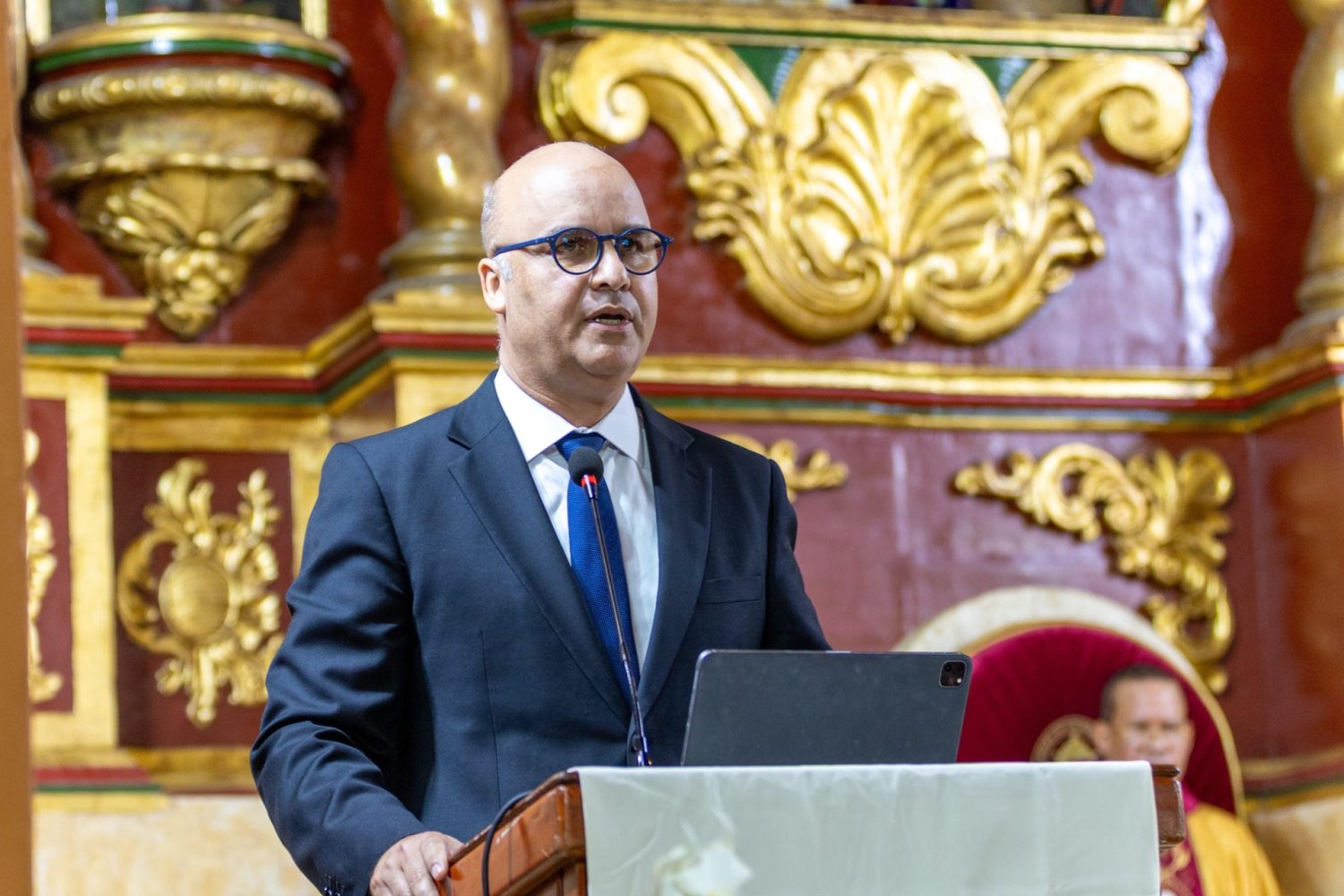Payment trends that will shape travel agency strategies in 2022

Amadeus has shared with us an interesting report that reveals the trends on a crucial topic
This year has started to see the travel industry continue to rebuild cautiously, as some countries open borders and others normalize their approach to safe travel measures. And while industry uncertainty still abounds, in the world of travel payments, the conversation is shifting from reactive refund and coupon management to focusing once again on how payments can drive conversion and a better customer experience. . Travel companies are increasingly focusing on meeting travelers’ requirements for comfort, choice, and fair treatment when paying for travel.
With that in mind, here are my predictions for the big travel payment trends that will shape merchant strategies in the coming year.
- Buy now, pay later on trips
Buy Now Pay Later (BNPL) is already an important payment method in retail. By taking a quick risk score of the customer, a merchant (or their BNPL provider) may decide to extend a line of credit, whereby the customer pays in multiple installments. For travelers, BNPL is a very seamless experience that is faster and easier than completing a traditional data entry form when paying by card.
But the concept is really not new. We have had credit cards and been in stores since the 1960s; however, BNPL is the modern version of credit designed for the digital world. Flexible installment payments are particularly important for travel right now, because family reunion trips, or at least the prospect of them happening, are driving demand and these trips often mean four or more people are traveling, which can be expensive.
For travel merchants, the real opportunity is upselling the product. If the traveler has flexible credit, they can potentially afford to make a higher value purchase or add more ancillary services. As an anecdote, we are already seeing the average basket size doubling when BNPL is offered, with some merchants also reporting an 80% increase in repeat customer rates.
According to our own research with 5,000 global travelers:
68% said BNPL would encourage them to spend more than usual on summer trips
49% said they would be more likely to purchase ancillary airline services if BNPL were offered
With this kind of upsell potential, I think all travel merchants should at least consider BNPL options in 2022. However, offering this type of payment method is not without risk. Travel companies should consider any risks to their brand that could result from a BNPL partner aggressively offering credit to travelers who are already heavily in debt. At Amadeus, we are consulting with our clients to help them with BNPL’s strategies that prioritize responsible lending.
- Frictionless payments
When I think about how payments can really add value to the travel industry, it’s about eliminating friction, making it easy for the traveler to pay digitally, simply and quickly. Here’s how we can improve traveler satisfaction to drive loyalty while simplifying the checkout experience to drive more purchases throughout the trip.
At Amadeus we have worked hard to consider the entire journey of the traveler from the reservation, to the airport and finally to the destination, and all points in between. As an industry, we need to create a great checkout experience not only when the traveler is on our website, but also when they are traveling.
Several Paytech innovations have become available in recent years that can be leveraged to eliminate friction.
· ‘Tokenization’ enables merchants to encrypt and securely store customer payment information on their own systems for future use.
· ‘Merchant-initiated transactions’ means that travelers only need to authenticate once, and subsequent payments can occur invisibly in the background because the merchant can reuse the payment information that the traveler allows them to store securely.
· ‘Last mile digitization’ uses techniques like QR codes or ‘pay per link’, which are great ways to upgrade processes like Chip & Pin to e-commerce payments, even in environments where travelers are present, such as Hotel reception and check-in at the airport. .
Achieving seamless payments throughout the traveler’s journey is a long-term aspiration, but we at Amadeus have already begun working towards this goal with many of our customers.
- Airlines embrace multi-currency pricing by making it part of the digital experience.
En la actualidad, las aerolíneas suelen fijar el precio de las tarifas en la moneda de salida, pero esta no es necesariamente la moneda con la que el viajero se siente más cómodo. Por ejemplo, un viajero estadounidense que visita Europa reserva un vuelo de Londres a Portugal y el precio se muestra en GBP, pero el viajero se siente cómodo con USD. Las aerolíneas reconocen cada vez más la importancia de facilitar la compra a los viajeros al fijar el precio de los vuelos en varias monedas en sus sitios web, para que los viajeros tengan claridad sobre el precio sin necesidad de realizar una conversión manual utilizando un sitio de terceros.
Even the slightest friction during the buying process can result in lost sales and lower conversion rates. Consumers are looking for seamless, fast and transparent shopping experiences, and airlines are quickly realizing that by taking more control of currency services on their own websites, they can increase conversion by meeting this need.
Based on our recent research, 89% of travelers would be more likely to buy from one airline than another if it displayed the fare in the currency of their choice, which is why I see more airlines offering multi-currency pricing in 2022. I also hope traders to take more control over FX to align this important service with their broader digital strategy.
As the industry continues its gradual recovery, travel companies that make it easy for travelers to pay will deliver an enhanced customer experience that will help them compete and secure incremental revenue.








